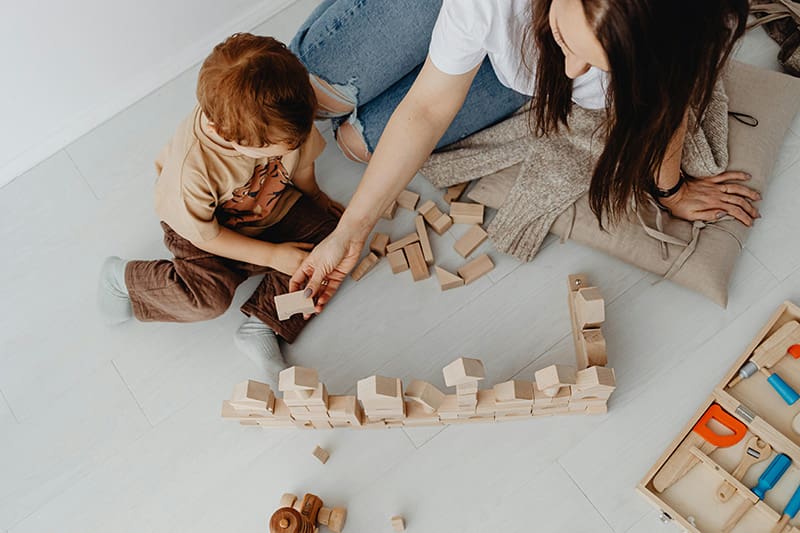At Chicago ABA Therapy, we know that play is a powerful tool for learning and development. That’s why our experienced therapists carefully select toys that not only engage and entertain but also support the specific needs of children undergoing Applied Behavior Analysis (ABA) therapy. Discover our top picks, chosen for their ability to foster communication, social skills, motor skills, and cognitive development.
1. Sensory Toys:
- Why we love them: Many children with autism benefit from sensory input. Sensory toys can help regulate emotions, improve focus, and provide a calming experience.
- Our recommendations:
- Sensory balls and blocks: Explore different textures, sizes, and weights.
- Light-up toys: Captivate attention with vibrant colors and patterns.
- Weighted blankets and lap pads: Offer calming deep pressure for relaxation.
- Bubble tubes: Provide visual stimulation and a soothing environment.
2. Puzzles and Games:
- Why we love them: Puzzles and games encourage problem-solving skills, turn-taking, and following directions.
- Our recommendations:
- Simple puzzles: Start with chunky, easy-to-grasp pieces.
- Matching games: Encourage visual discrimination and categorization.
- Cooperative board games: Promote social interaction and communication.
- Building blocks: Foster creativity and spatial reasoning.
3. Pretend Play Sets:
- Why we love them: Pretend play helps children develop language skills, imagination, and social interaction.
- Our recommendations:
- Kitchen sets: Practice daily routines, explore different roles, and expand vocabulary.
- Doctor kits: Reduce anxiety about medical visits and encourage nurturing play.
- Tool sets: Enhance fine motor skills and encourage problem-solving.
- Dollhouses: Create stories, practice social scenarios, and develop empathy.
4. Cause-and-Effect Toys:
- Why we love them: Cause-and-effect toys teach children about actions and consequences, helping them understand the world around them.
- Our recommendations:
- Pop-up toys: Encourage motor skills and anticipation.
- Activity centers: Explore different textures, sounds, and movements.
- Stacking toys: Develop hand-eye coordination and spatial awareness.
- Musical instruments: Promote creativity, self-expression, and sensory exploration.
5. High-Interest Toys:
- Why we love them: Incorporating a child’s interests into therapy keeps them engaged and motivated to learn.
- Our recommendations:
- Character toys: Use favorite characters to create social stories and role-play scenarios.
- Vehicles: Incorporate transportation toys into play routines and imaginative play.
- Animal figures: Encourage language development and exploration of different species.
Chicago ABA Therapy: Your Partner in Playful Learning
Our Chicago ABA therapists are experts at using toys as a therapeutic tool. We can guide you in selecting the right toys for your child’s individual needs and teach you how to use them to maximize learning and growth.
Ready to Discover the Power of Play?
Contact Chicago ABA Therapy today to learn more about our ABA therapy programs and how we can help your child reach their full potential through play. Let us help you create a playful learning environment that fosters communication, social skills, and a lifelong love of learning.










